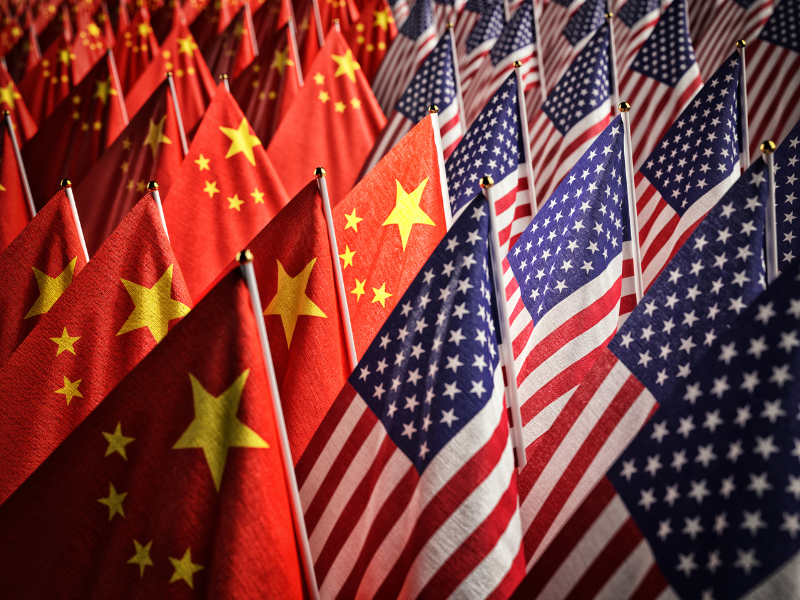Washington State Gov. Jay Inslee’s (D) effort to impose a statewide cap on greenhouse gas emissions through executive action has provoked some state lawmakers to offer legislation in the state’s Senate that would prevent such unilateral action.
State Sen. Doug Ericksen (R-Ferndale), chairman of the Senate Committee on Energy, Environment, and Telecommunications, introduced Senate Bill 6173, which would prohibit state regulators from adopting rules restricting carbon dioxide emissions without legislative consent. The Senate approved the bill on January 21.
Inslee on Climate Change
Inslee says he is determined to combat what he calls “the scourge” of man-caused climate change. Inslee was part of a U.S. delegation that attended the U.N.-sponsored Conference of the Parties climate summit in Paris in December.
“We are the first generation to feel the sting of climate change, and we are the last to be able to do something about it,” Inslee told the Seattle Times shortly before he left for Paris.
In 2015, Inslee promoted a bill in the Washington State Legislature that would have capped carbon dioxide emissions for major emitters and establish a statewide system to trade “allowances”—certificates allowing companies facing the cap to emit specified amounts of carbon dioxide.
Despite the fact the Democratic Party, to which Inslee belongs, controlled the state’s House of Representatives at the time, the bill failed. Inslee then ordered the state’s Department of Ecology (DOE) to draft its own rule, which Inslee plans to impose using executive action.
DOE’s proposed rule would initially cover about two-dozen manufacturing plants, refineries, power plants, natural gas distributers, and other facilities emitting at least 100,000 metric tons of carbon dioxide annually. It would require them to cut greenhouse gas emissions by 5 percent every three years. The threshold would be lowered over time, restricting the emissions from many other facilities and eventually bringing the state’s manufacturers into a cap-and-trade system.
Ericksen has been an outspoken critic of Inslee’s energy policies. According to the Associated Press, Ericksen doubts DOE has any legal basis to issue or enforce carbon dioxide restrictions.
In a statement issued in response to DOE’s proposed rule, Ericksen said, “This proposed rule gives manufacturers a perverse incentive to leave the State of Washington.
“It creates a trading system that can be manipulated and gamed,” Ericksen said. “And it repeats many of the flaws that led the majority Democrats in the House to reject a similar cap and trade proposal last year.”
According to Ericksen, his bill was offered to protect jobs in Washington State.
“Someone needs to stand up for working people and family-wage jobs,” Ericksen said in his statement. “Some parts of this program are so loose we’ll wind up with a frenzy of deal-cutting by the governor’s office, and ultimately it will become a full-employment act for lobbyists. This is no way to make good law.”
The Washington Association of Businesses, an influential trade group, supports Ericksen’s bill.
“I find Inslee’s position baffling,” said Marita Noon, the executive director of Citizens’ Alliance for Responsible Energy. “A governor should be looking out for the best interests of his state. Yet, Inslee, in the name of climate change, is pushing a policy that will raise costs and discourage businesses from relocating to his state.
“Even if the entire United States engages in carbon dioxide-reduction policies, it will have virtually no effect on global emissions,” said Noon. “Inslee is simply making his own state less competitive.”
Inslee’s Climate Claims Unjustified
William G. Balgord, a geochemist and president of Environmental and Resources Technology, Inc., says the claim made by Inslee that this is the first generation to experience climate change is not justified by the available evidence.
“The current climate is the result of a benign warming that [has] proceeded since the end of the Little Ice Age, a cold period lasting several centuries, which only ended in the mid-19th century,” Balgord said. “Beginning in about the 14th century, the climate similarly began to warm from the previous little ice age, which had ushered in the Dark Ages during the centuries after the fall of [the Roman Empire].
“Both cold periods were times of extreme hardship, famine, and disease … This contrasts sharply with the times of comparative warmth that supported the flourishing civilizations of Greece and Rome; [in] the later Middle-Ages, the Renaissance; and now the Modern Warm Period we live in.”
Bonner R. Cohen, Ph.D. ([email protected]) is a senior fellow at the National Center for Public Policy Research.





